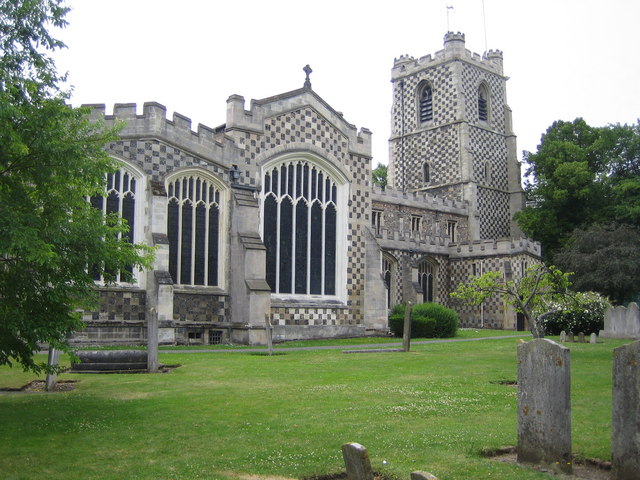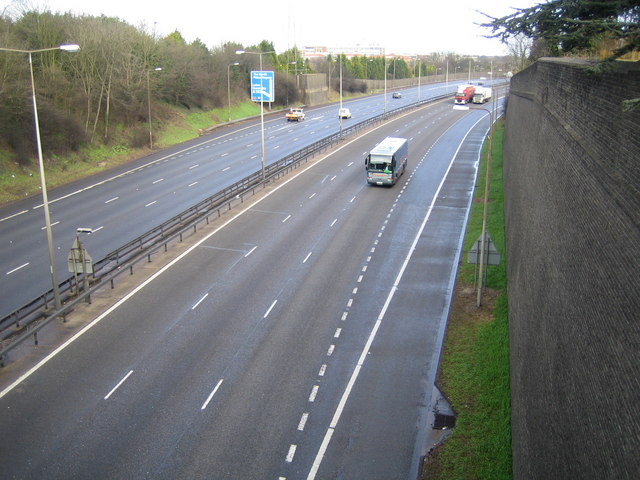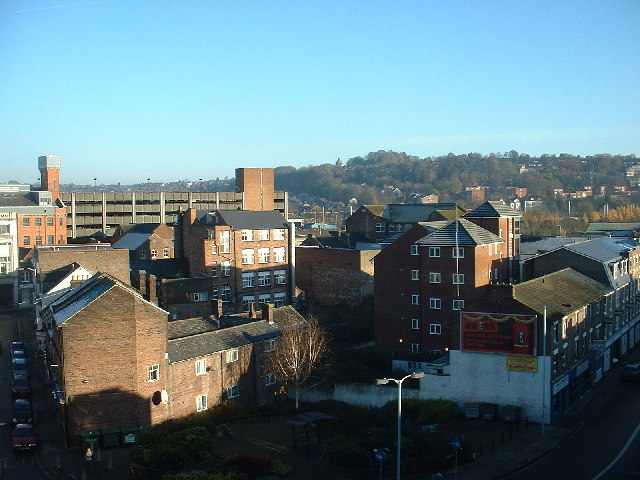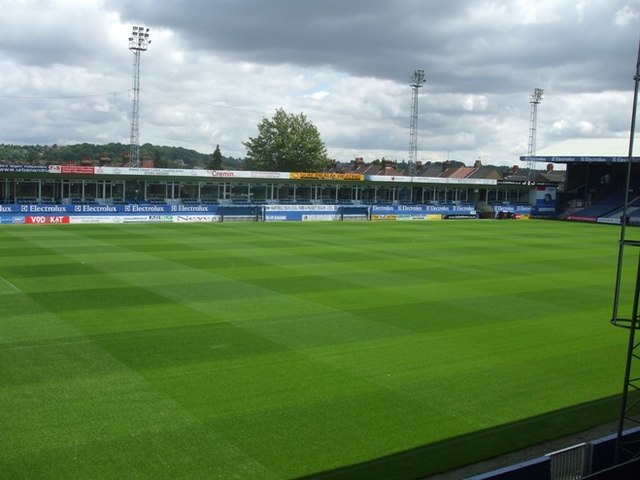The next port of call in our trail around Bedfordshire, takes us to the metropolis known as Luton. The biggest town in the county, Luton is situated approx 30 miles north of London and the Luton/Dunstable urban area has a population of about 240,000. It is a very multi-cultural town, with many faiths and religions being represented among its population.
 |
| Luton: Guru Nanak Gurdwara Sikh Temple (image by Nigel Cox) |
Since 1997, Luton has been administratively independent of the county of Bedfordshire, but remains within for ceremonial purposes.
Evidence of early settlements of up to 250,000 years ago has been unearthed in the Luton area. The town’s foundation however is normally attributed to around the 6th century, with a Saxon outpost on the River Lea bringing about the name Lea Tun (later shortened to its present form). It is recorded in the Domesday Book as both Loitone and also Lintone and at that time was made up predominantly as an agricultural area with a population of 700.
 |
| St Mary's Church, Luton - Claims to be the biggest church in Bedfordshire (image by Nigel Cox) |
| Luton Town FC (image by Barry Ephgrave) |
In more recent times, the car giants Vauxhall (a subsidiary of US giant, General Motors) has been synonymous with the town. In 1905 they opened what was the UK’s largest car plant, in the town. During the 2nd World War, the plant manufactured Churchill Tanks for the war effort which made Luton a major target for air raids from the German Luftwaffe. Over 100 people were killed and damage was caused to over 1500 homes during the conflict.
In 2002, Vauxhall ceased car manufacture at the plant, which at one stage employed in excess of 30,000 people. The company’s HQ remains there however, along with a factory manufacturing light and commercial vehicles.
 |
| easyJet Titles (image by WexDub) |
Luton’s other claims to fame are firstly its airport (home to the airline easyJet). With excellent road links (the M1 motorway runs past the town), this is the starting point of many people’s holidays in the sun every year. The town also houses the major campus sites for the University of Bedfordshire which, before amalgamation with the Bedford campus of De Montford University, used to be known as Luton University (this was back in the days when Mrs Tatty was an undergraduate studying for her teaching degree).
 |
| M1 motorway, near to Luton (image by Nigel Cox) |
The town centre has been and still is, undergoing a major regeneration, to which many of us would say is not before time. Luton has the reputation locally as somewhat as a hell-hole and, let’s be totally honest here, I generally try to keep well away from the place. It houses possibly the best shopping centre in the county, but with the re-building of the A421 from Bedford, Milton Keynes (in Buckinghamshire) has become a far more attractive option.
 |
| Luton Town Centre, taken from the top of the Arndale Centre (2005) (image by David Medcalf) |
And at this point, we come to the end of our tour of Luton. I will return soon with more enthralling Bedfordshire chit-chat.
Do you know Luton or even live there? What are your thoughts about the town? I would love to hear your comments.
Goodbye for now…
Do you know Luton or even live there? What are your thoughts about the town? I would love to hear your comments.
Goodbye for now…
Uncle Tatty

No comments:
Post a Comment